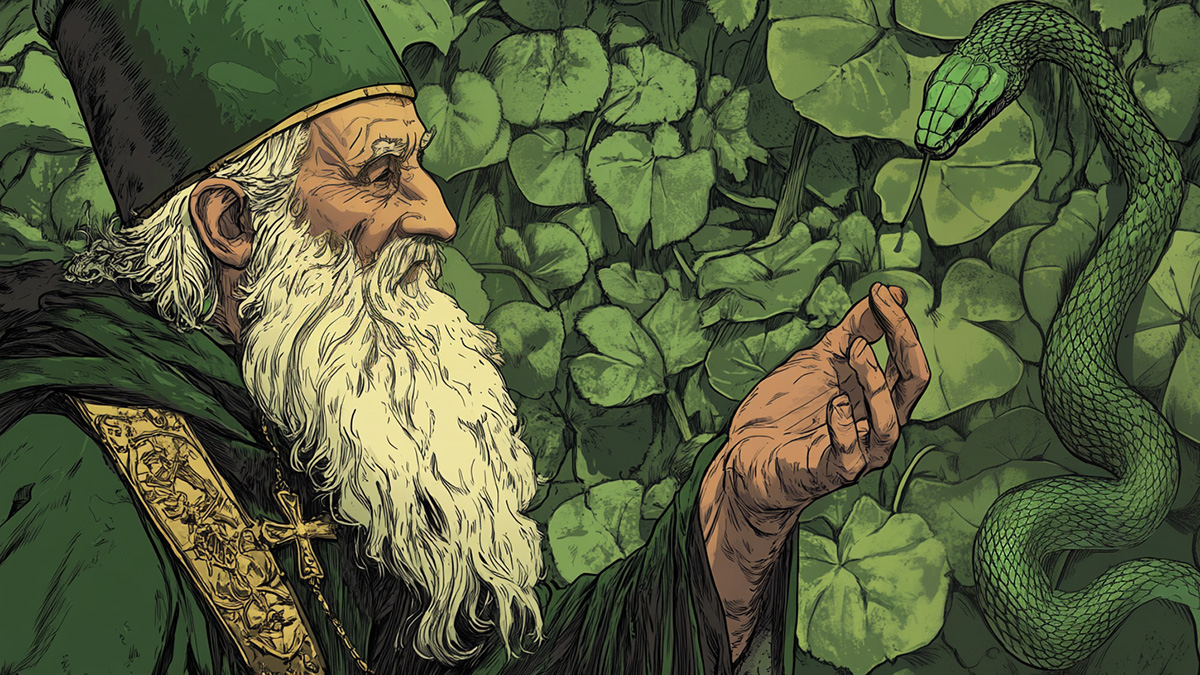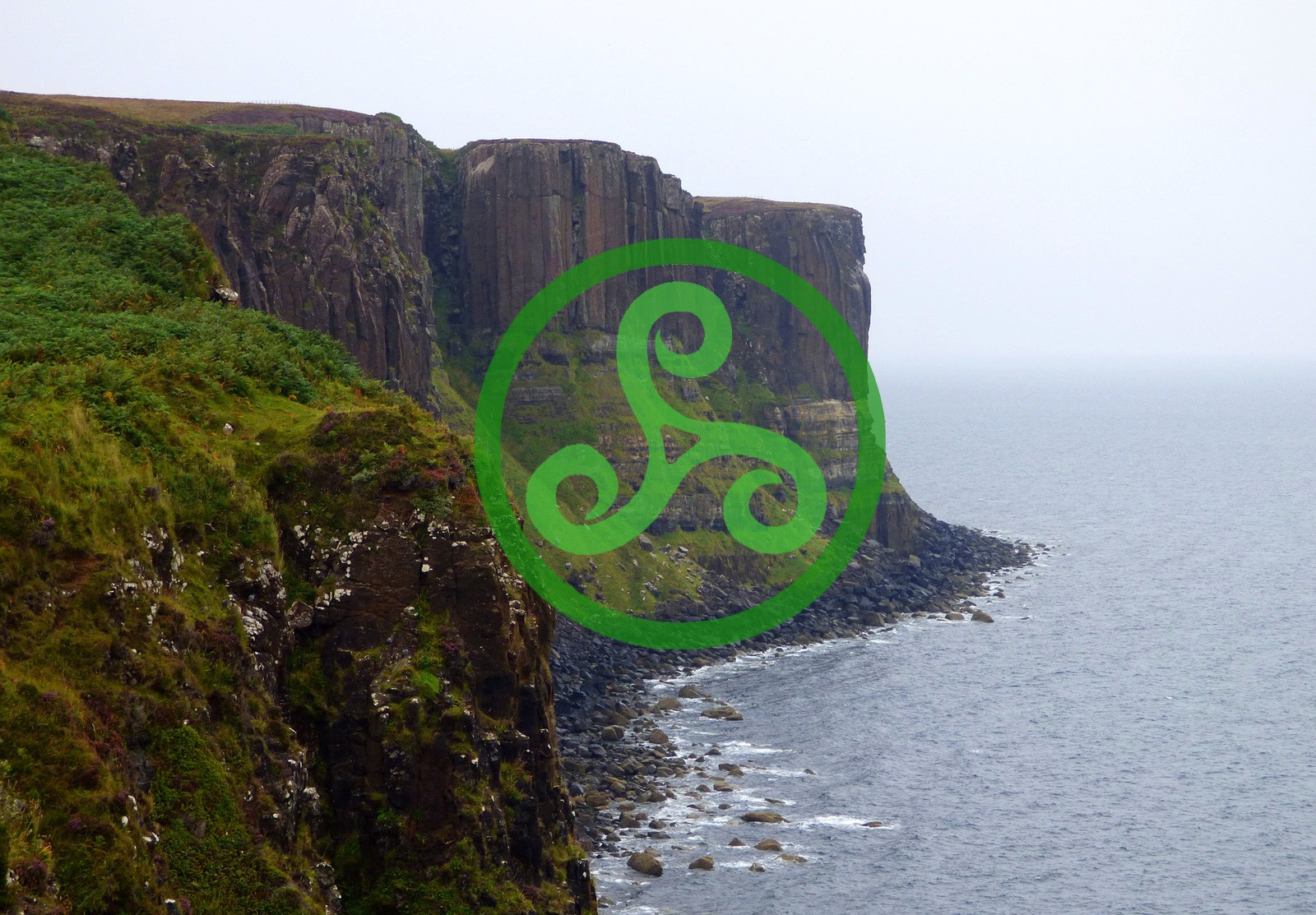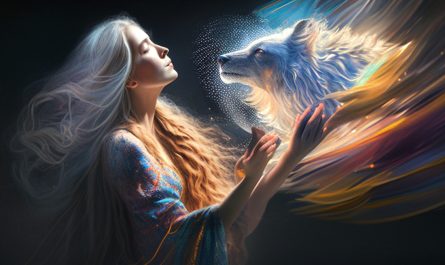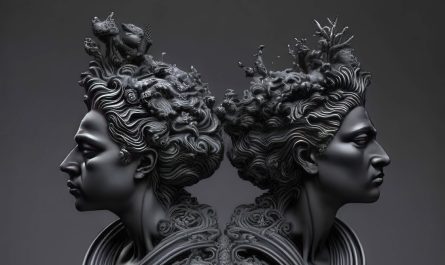Last Updated on February 27, 2025 by Avia
Everyone knows St. Patrick “drove the snakes out of Ireland,” but what if snakes are more symbolic than literal? Explore how snakes in Celtic mythology represent transformation, rebirth, and spiritual wisdom—and how St. Patrick’s act was possibly a metaphor for the conversion from paganism to Christianity. You could tie this into cosmic cycles of shedding old energies and embracing renewal.
Table of Contents
The Hidden Symbolism of Snakes in Celtic Lore on St. Patrick’s Day
Let’s be honest: St. Patrick’s Day is all about green beer, shamrocks, and people pinching you for not wearing enough green. But beyond the rowdy parades and rivers dyed an unnatural shade of emerald, there’s a hidden, ancient symbol writhing beneath the surface—snakes.
Yes, snakes. You know, those slithery creatures St. Patrick supposedly drove out of Ireland. But here’s the kicker: Ireland never had any native snake species. That’s right—no fangs, no hissing, no serpentine shadows. So, if there weren’t any literal snakes, what exactly was St. Patrick “banishing”?
The answer lies deep in the lush folds of Celtic lore, where snakes weren’t symbols of evil or danger but potent emblems of transformation, rebirth, and deep spiritual wisdom. Intrigued? You should be, because the serpent’s symbolism goes way beyond scary reptiles.
The Snake as a Sacred Symbol in Celtic Lore
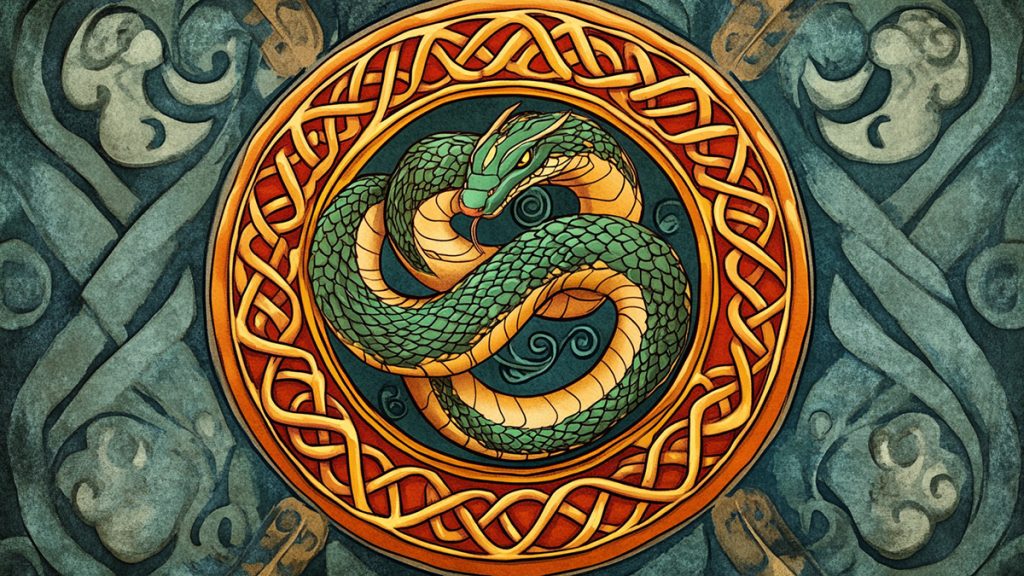
Snakes were (and still are) revered as powerful beings connected to the Earth’s energy in ancient Celtic mythology. Picture this: a creature slinking close to the soil, literally absorbing the vibrations of nature. That made snakes living embodiments of the earth’s power. According to Marie-Louise Sjoestedt’s Celtic Gods and Heroes (1949), serpents were deeply tied to fertility, the life-death-rebirth cycle, and the unseen forces of nature. Here’s what snakes symbolize:
- Transformation: Shedding their skin was seen as a metaphor for personal growth and renewal.
- Eternity: Their coiled shape resembled infinity loops, connecting life, death, and rebirth in an endless cycle.
- Wisdom: Snakes were thought to hold ancient secrets of the earth—think of them as the OG spiritual influencers.
The Celts even believed snakes had the ability to travel between worlds (the seen and unseen) because they moved so silently and mysteriously. Pretty mystical, right?
St. Patrick and the “Snakes” He Drove Out
Now, let’s address the shamrock in the room: St. Patrick’s famous snake eviction party.
Historically speaking, scholars widely agree that St. Patrick’s “banishing of the snakes” was actually a metaphor for the removal of old pagan beliefs—particularly Druidic traditions—and the spread of Christianity. The snakes symbolized the spiritual wisdom and esoteric practices of Ireland’s earlier faith systems.
In essence, the story wasn’t about evicting literal reptiles but about transforming Ireland’s spiritual landscape. St. Patrick, whether he intended to or not, became a figure of profound cultural change, and the snake was the ultimate symbol of what was left behind (or buried deep in myth).
Snakes in Irish Mythology: Powerful, Not Villainous
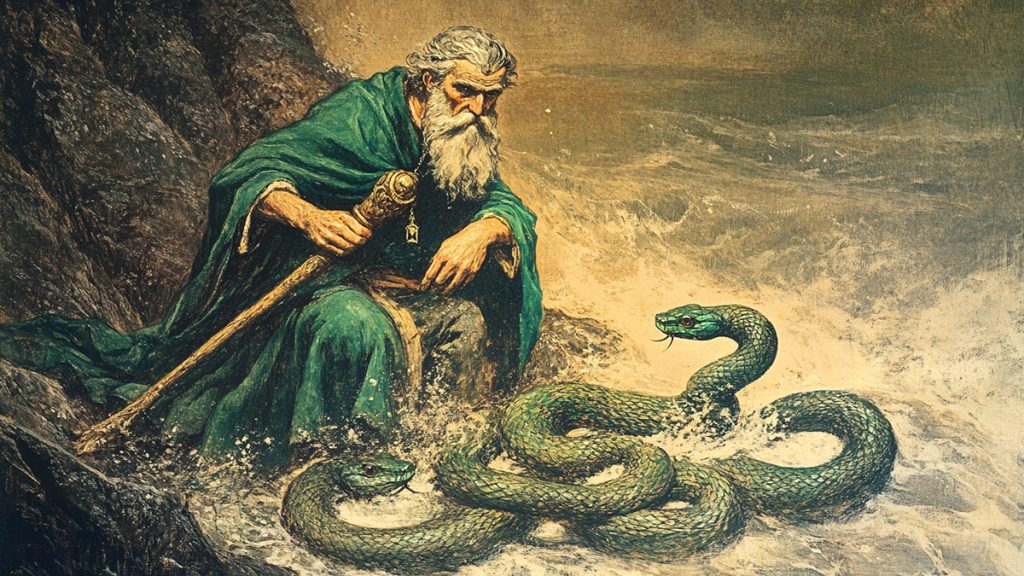
Let’s explore some Irish snake-centric myths that portray these creatures as far more than something to stomp on during a camping trip.
The Serpent of Lough Derg
According to legend, a great serpent haunted Lough Derg, a lake in County Donegal. St. Patrick was purported to have battled this wicked beastie. In reality, the Lough Derg was likely a metaphor for spiritual challenges or inner demons. The story concludes with St. Patrick banishing the serpent into the lake’s depths, with the implied moral of the story being: Face your fears head-on and emerge stronger.
The Coiled Serpent Symbol
Celtic artwork frequently features intricate spirals and knotwork that resemble snakes. These weren’t just decorative doodles; they symbolized cycles of life, cosmic energy, and the unending flow of time. The coiled serpent particularly reflected kundalini energy—a life force believed to reside at the base of the spine, waiting to awaken.
The Morrígan’s Connection to Serpents
The Morrígan, the Celtic goddess of fate and battle, was sometimes associated with serpents as symbols of death and rebirth. While she could be terrifying, her connection to snakes highlighted the transformative power that comes from embracing your darker, shadowy sides.
Why Snakes Are Still Symbolic This Time of Year
As St. Patrick’s Day coincides with the cusp of spring and the Spring Equinox, the snake becomes a perfect symbol for this season of renewal and rebirth. Think about it:
- Snakes shed their skin = You shed old habits.
- Snakes awaken from hibernation = You awaken from winter’s fog.
- Snakes represent fertility and growth = Time to plant new intentions for the year ahead.
In other words, this isn’t just about green drinks—it’s about transformation, baby! As the Earth renews itself, so can you.
“The snake that cannot shed its skin must perish.” – Friedrich Nietzsche
How to Celebrate St. Patrick’s Day with Snakes
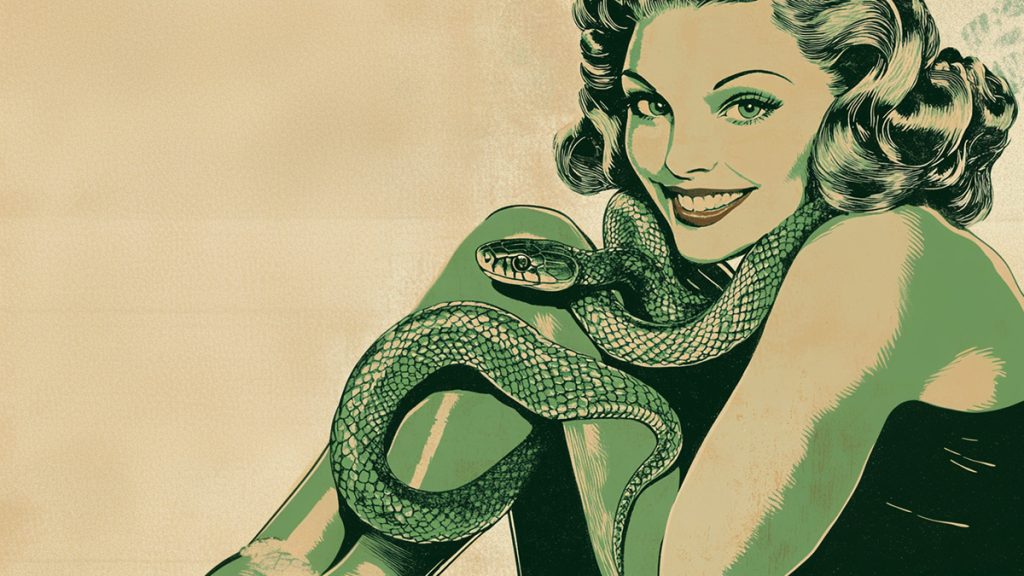
If you’re tired of the same old four-leaf clover schtick, why not embrace the real energy of the day? Here are a few ideas to honor the snake’s symbolic wisdom:
- Wear Snake Symbols: Ditch the boring green T-shirt and rock some snake jewelry, a serpentine tattoo (temporary counts!), or clothing with snake patterns. This is your secret badge of transformation.
- Create a Snake-Altar: Build a small altar with items like green crystals (malachite or serpentine), coiled ribbons, and candles shaped like snakes. Use this sacred space to set intentions for personal growth.
- Practice “Serpent Breath” Meditation: Close your eyes, breathe deeply, and visualize a snake coiling up your spine—awakening your inner power and creativity. Imagine shedding old energies as the snake moves upward, leaving you refreshed and renewed.
- Get Creative with Celtic Knots: Draw, paint, or craft your own serpent-inspired Celtic knots. Focus on the endless loops representing life’s infinite possibilities. Plus, it’s relaxing and meditative.
The Snake’s Wisdom Lives On
Feeling empowered by your new and improved wisdom about the hidden symbolism of snakes in Irish lore? You should be! If nothing else, while everybody’s drinking green beer on St. Patrick’s Day, you’ll be able to tell a few authentic tales from the Emerald Isle.
This St. Patrick’s Day, let’s raise a glass (or a green smoothie, if that’s your jam) not just to the patron saint of Ireland, but also to the powerful snake—an enduring reminder that transformation is always within your grasp.
Sláinte to your next transformation!
Mighty brightly,

© Copyrighted. All Rights Reserved.
Want More? Check Out These Amazon Selections for Celtic Symbols
Want more? Me too! That’s why I’ve also got this for you on Whats-Your-Sign:
Citations & Sources
- Marie-Louise Sjoestedt – Celtic Gods and Heroes (1949)
- A foundational text on Celtic mythology that explores the symbolic significance of animals, including serpents, in Celtic belief systems.
- Philip Freeman – St. Patrick of Ireland: A Biography (2004)
- A historical and scholarly account of St. Patrick’s life and his influence on Ireland, including the metaphorical interpretation of driving out “snakes.”
- John Matthews – The Celtic Shaman: A Practical Guide (1991)
- Offers insights into the spiritual and mystical practices of ancient Celts, including the significance of serpents in shamanic rituals and symbolism.
- Lebor Gabála Érenn (The Book of Invasions) – Translated by R.A. Stewart Macalister (1938-1956)
- A medieval Irish text that details the mythological history of Ireland, including references to serpentine symbolism in ancient Irish lore.
- The Táin Bó Cúailnge (The Cattle Raid of Cooley) – Translations by Thomas Kinsella (1969)
- Features the Morrígan and other mythical figures often associated with animal forms, including serpents, which represent transformation and power.
- Newgrange Megalithic Monument – Archaeological findings
- Research from the Office of Public Works, Ireland details the symbolism behind the spiral motifs, which many scholars associate with serpent energy and the cycles of life and death.
- Friedrich Nietzsche – Thus Spoke Zarathustra (1883-1885)
- The often-cited quote, “The snake that cannot shed its skin must perish,” reflects on the theme of personal transformation and growth, tying into broader snake symbolism.
- The Celtic Wheel of the Year – Various sources (e.g., The Pagan Book of Days by Nigel Pennick)
- Discusses seasonal festivals like Imbolc and Beltane, which are linked to fertility, transformation, and serpent energy in ancient Celtic belief systems.
